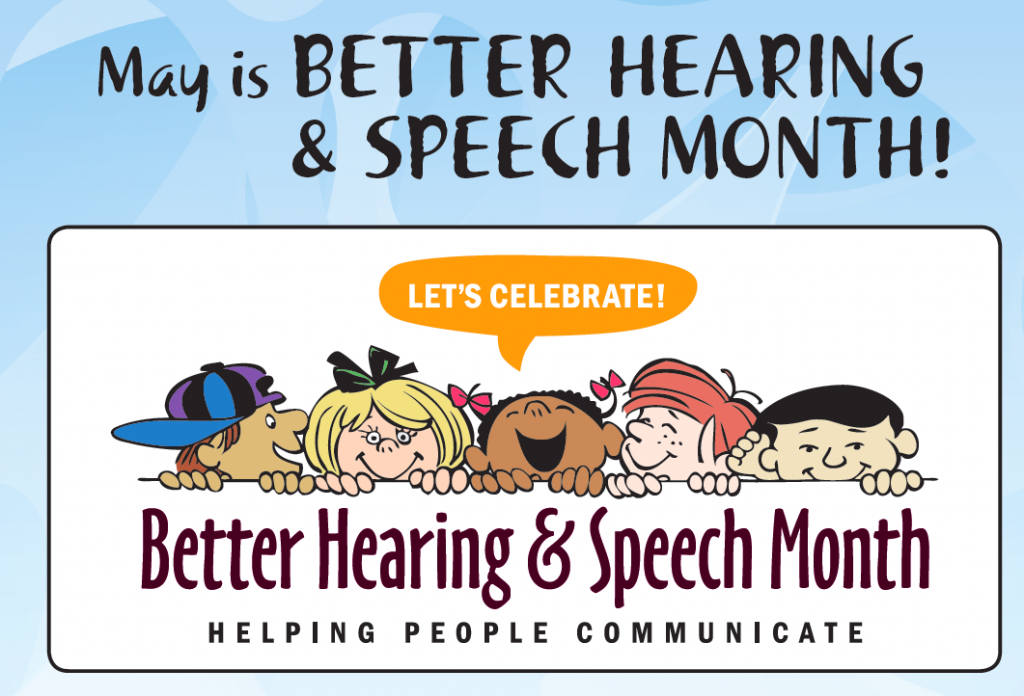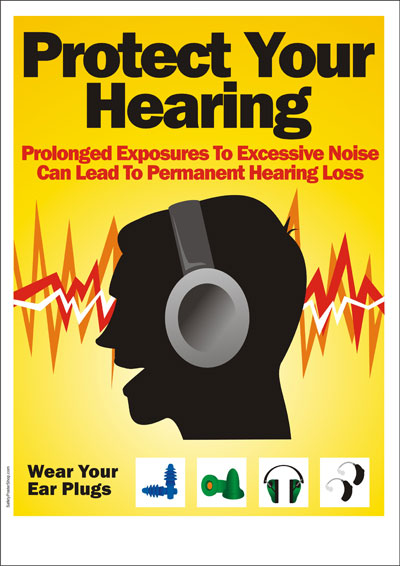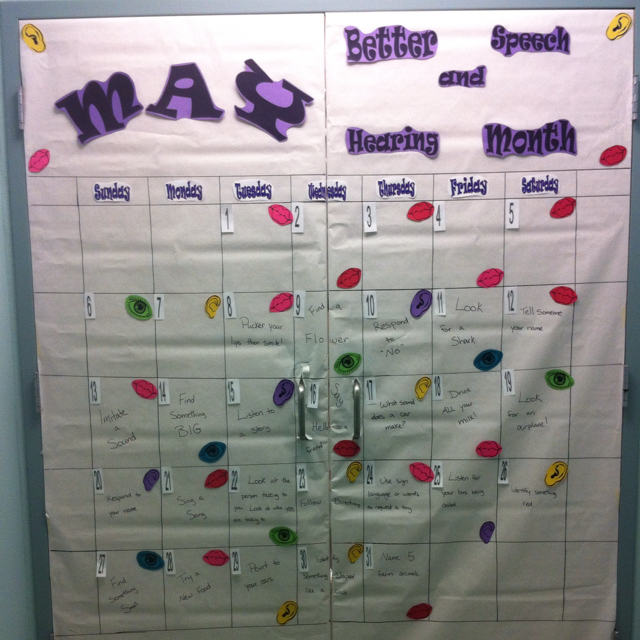SLPs: Make Your Mark on Better Hearing and Speech Month in May
May might welcome spring flowers but it also ushers in Better Hearing and Speech Month. Every May for the past 75 years, speech pathologists and audiologists are tasked with advocacy and education. This is our time to get the word out! This month aims to raise awareness about communication disorders and promote treatment for those suffering from communication impairments. Gather your craft materials, color printers and social media to support communication disorders this month.
Why Raise Awareness
You may have wondered at times, what do these themed months (Breast Cancer Month, National Autism Awareness Month) have to do with anything? Admittedly, they are often easy to ignore, or far too familiar and over advertised. But awareness campaigns do have their place. They are educational in nature, give professionals an outlet to discuss and invite questions about their subject area, and bring new information to the public.
In the field of communication disorders, public knowledge can lead to early diagnosis, better referrals or even prevention. Because speech pathology and audiology are so broad and encompass the age-span, there is no shortage of information to communicate to the public. Just like doctors make recommendations for athletes to prevent sports injuries, SLPs can prevent some speech and hearing disorders. Consider the number of parents, for example, who could prevent hearing loss in children with better education about the effects of iPod headphones or speaker volume at concerts. Consider also the number of pediatricians who might benefit from education about when to refer a child to speech therapy. In both scenarios, a short Better Hearing and Speech Month poster, email blast or tweet might help inform them of these very important topics.
How to Participate in Better Speech and Hearing Month
The web is full of freebies, try some great downloads for posters, flyers, logos and educational materials or make your own. Here’s some ideas about how to get the word out.
First, determine what information you’d like to communicate. This can be your area of expertise, information about the field of speech pathology or an area you often get the most questions about. Know our audience as well. If you work in a school, what areas should teachers know more about? In a medical setting, are doctor’s a little fuzzy on a particular issue?
Next, determine what you’d like to tell people. Is it: diagnostic (what signs indicate a speech and language evaluation is appropriate), therapeutic (vocal hygiene exercises), preventative (avoiding noise-induced hearing loss) or informative (statistics, resources etc)? When finding a good statistic to call attention to the issue, consider the CDC’s latest numbers. For example, to call attention to the early signs of autism on an educational poster, one could use the CDC’s most recent statistic of 1 in 88 children.
Last, decide on your platform. Will you make a colorful poster, a flyer/handout, send an email, decorate your doorway? This also hinges on knowing your audience well and how easily the information will be accessed. If you share an office space, can you change your desktop screen saver to scroll the information? Can you put a special signature line at the end of your emails?
If you’re unsure what to do, consult ASHA’s website for resources and products.





